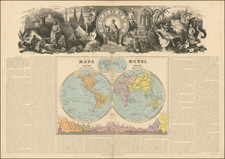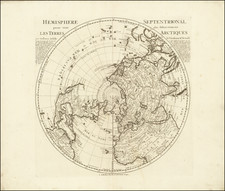An Unrecorded Early Variant State
Goregous old color example of De Wit's striking double hemisphere map of the World.
The brilliant scenes in the corners combine images of the four seasons, the elements and the signs of the zodiac in a well-balanced and natural way. According to Shirley, De Wit's map is one of the most attractive of its time.
The present example falls between the first state of the map recorded by Shirley (blank cusps between the hemisphere not yet filled in) and the second state 2 cherubs and a border added. This state includes the cherubs, but pre-dates the addition of the decorative border.
Shirley remarks that while this map is often described as circa 1680, it was likely engraved in the late 1660s, based upon the Great Lakes and Hudson Bay Cartography.
De Wit (1629 ca.-1706) was a mapmaker and mapseller who was born in Gouda but who worked and died in Amsterdam. He moved to the city in 1648, where he opened a printing operation under the name of The Three Crabs; later, he changed the name of his shop to The White Chart. From the 1660s onward, he published atlases with a variety of maps; he is best known for these atlases and his Dutch town maps. After Frederik’s death in 1706, his wife Maria ran the shop for four years before selling it. Their son, Franciscus, was a stockfish merchant and had no interest in the map shop. At the auction to liquidate the de Wit stock, most of the plates went to Pieter Mortier, whose firm eventually became Covens & Mortier, one of the biggest cartography houses of the eighteenth century.

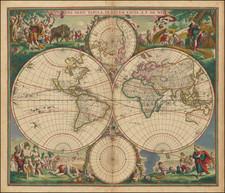








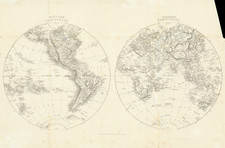
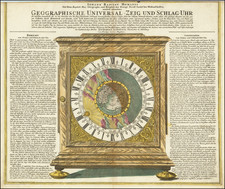
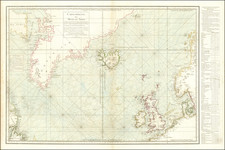
![[Magellan's Strait] Exquisita & magno aliquot mensium periculo Lustrata et iam retecta Freti Magellanici Facies . . .](https://storage.googleapis.com/raremaps/img/small/94451.jpg)
